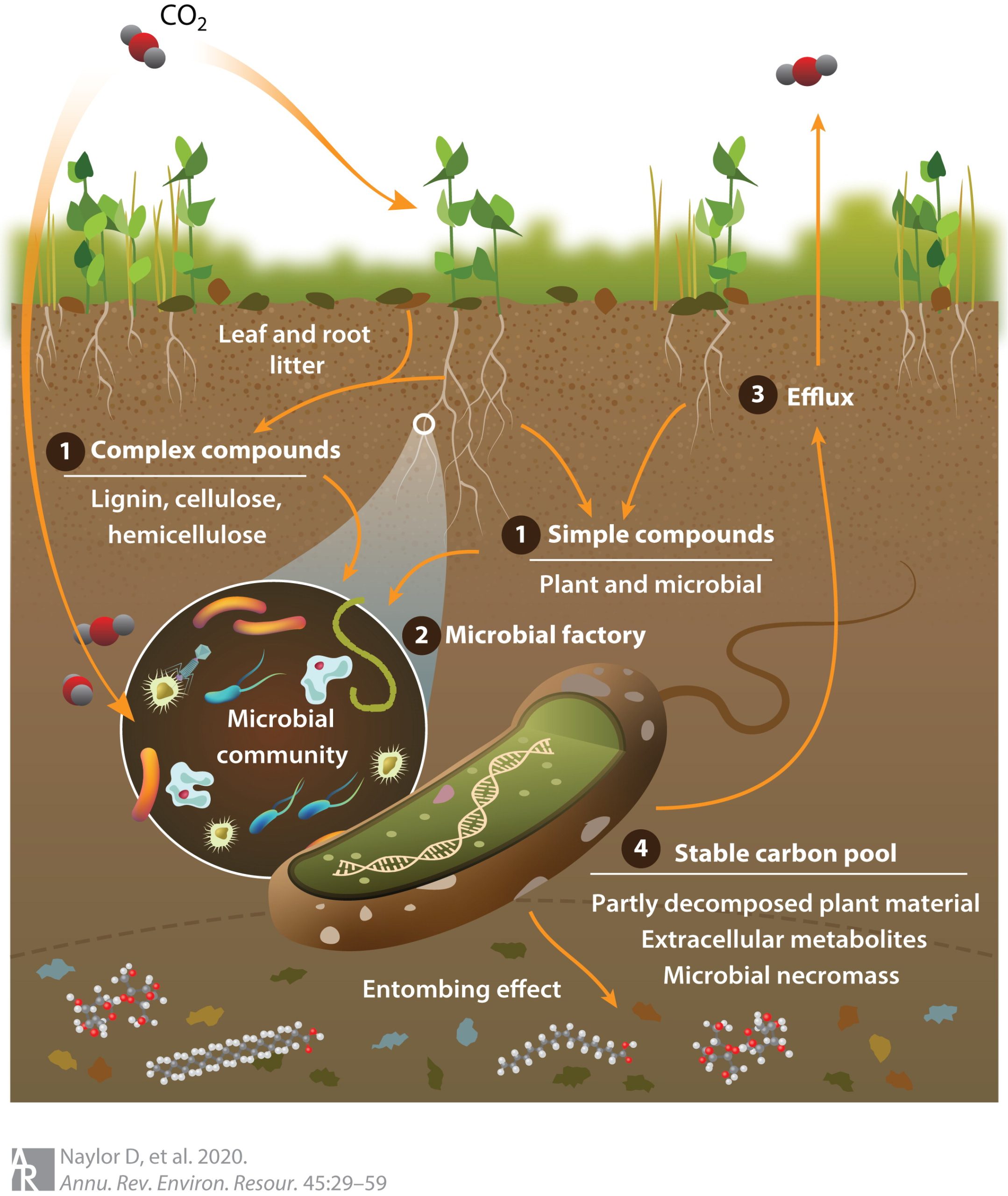Exploring Photocatalytic CO2 Conversion for Artificial Carbon Cycle at Extraterrestrial Sites
Space exploration has always posed a significant challenge when it comes to providing the basic needs for astronauts. Transporting necessities from Earth to extraterrestrial sites such as the Moon and Mars is not only logistically impossible but also extremely costly. However, a recent study suggests that the development of an artificial carbon cycle on these extraterrestrial sites could revolutionize space missions.
On Earth, the carbon cycle allows carbon atoms to move from the atmosphere to the Earth and back again, creating a closed loop. This process is powered by solar energy, with plants and other organisms converting carbon dioxide (CO2) and water (H2O) into oxygen and carbon-based compounds through photosynthesis. Given the abundance of sunlight and CO2 and H2O reserves on the Moon and Mars, this photosynthesis strategy could be implemented to establish an artificial carbon cycle system that provides propellants and life support for space missions.
Artificial photosynthesis through photocatalytic CO2 conversion is seen as a promising solution for achieving a sustainable cycle. By imitating the role of green plants’ photosynthesis, this strategy aims to reconstruct the carbon cycle that has been disrupted by excessive CO2 emissions on Earth. If successfully implemented on extraterrestrial sites as part of In-Situ Resource Utilization (ISRU), this artificial photosynthesis strategy could facilitate the construction of an artificial carbon cycle.
Although various products, including CO, CH4, CH3OH, and HCHO, have been successfully produced through photocatalytic CO2 conversion, the efficiency of this process still needs improvement to meet practical applications. Researchers from the University of Science and Technology of China led by Prof. Yujie Xiong published a comment in the Chinese Journal of Catalysis, outlining guidelines for the development and application of extraterrestrial photocatalytic CO2 conversion.
The research team first explains the fundamental principles of photocatalytic CO2 conversion and then highlights potential challenges when implementing this process on extraterrestrial sites. Finally, they provide perspectives on the future development of photocatalytic CO2 conversion beyond Earth.
This research discovers new possibilities for sustainable space exploration by harnessing the power of artificial photosynthesis. If scientists can improve the efficiency and selectivity of photocatalytic CO2 conversion, it could pave the way for self-sustaining space missions that rely on local resources rather than continuous supply from Earth.
The potential benefits of this technology are immense, as it would reduce the cost and risk associated with transporting essential resources to extraterrestrial sites. Additionally, it would enable longer-duration missions and the establishment of permanent stations or habitats on the Moon and Mars.
To wrap it up, the development of photocatalytic CO2 conversion for the artificial carbon cycle at extraterrestrial sites holds great promise for the future of space exploration. By mimicking the natural carbon cycle on Earth, scientists hope to create a sustainable system that produces propellants and life support resources using local resources. Although more research is needed to improve the efficiency of this process, it represents a significant step towards achieving self-sufficiency in space missions.
